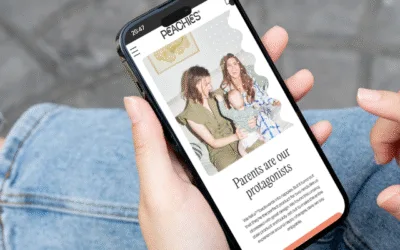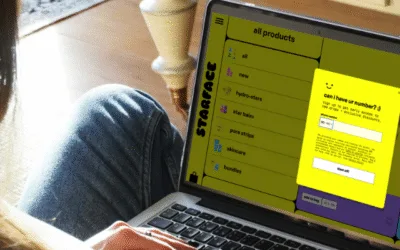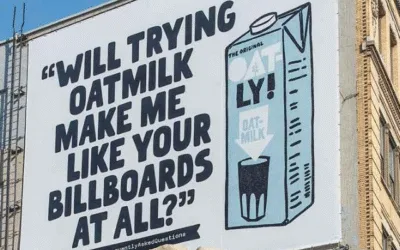Peachies beat Pampers by selling sleep, not nappies. Learn their Ladder of Why messaging trick to make your copy resonate.
The sneaky reason your copy might feel a bit flat (hint: it’s not your words)
Sometimes, even when you're writing technically "good" copy, something feels a bit off. But when you get your positioning right, it all falls into place.
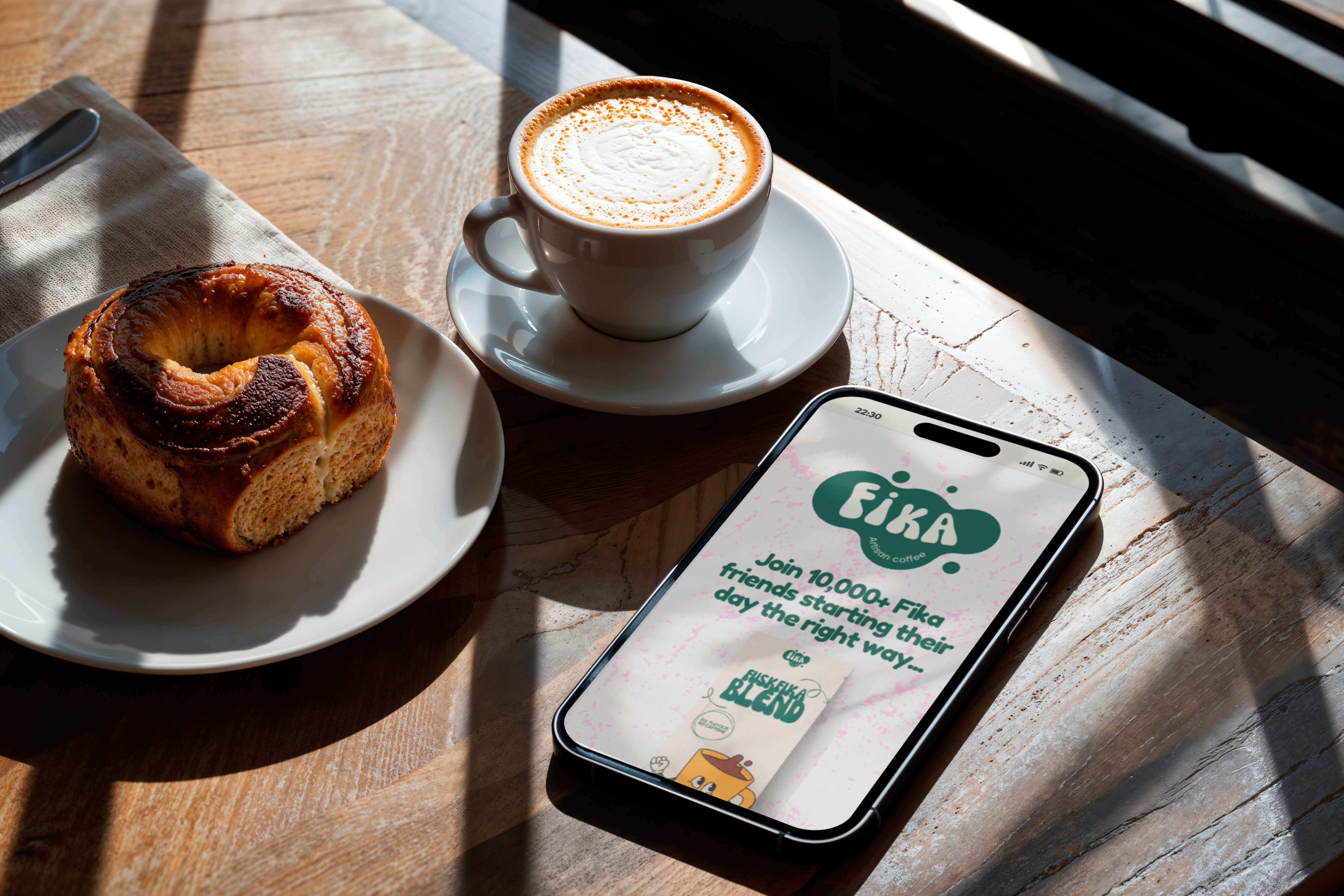
Get pro copy tips, branding tricks and e-comm insights directly to your inbox every Tuesday.
Since January, the two of us have been working on a bit of a rebrand of Do Words Good.
But you know that story of the cobbler’s shoes? That was us. We realised that our own copy selling ourselves was (and, still is in places, honestly) falling a little flat.
Technically, the copy was good. It was written in our voice. It said what we do. But it just felt a bit off.
And that’s because we hadn’t nailed down our positioning. We were saying a lot of different messages rather than one message lots of different ways.
That’s what happens when your positioning isn’t 100% nailed down… everything you write feels like it needs to do all the heavy lifting.
And that’s a recipe for meh, forgettable copy. (And trust us, some of our v.1 was baaaad.)

💡 This week’s big idea:
Sometimes you don’t have a copy problem, you have a positioning problem.
We talk about this a lot, but there’s a psychological principle called cognitive ease.That means that when something feels easy to understand, we trust it more. We just kinda get it without thinking about it. (Remember last week’s email?)
Well, good positioning is the truest embodiment of cognitive ease, because everything about your messaging all ties back into the same idea. You don’t need to over-explain. You don’t need to convince. People just get it.
Or, put another way, “Positioning is not what you do to a product. It’s what you do to the mind of the prospect.”
Al Ries & Jack Trout, Positioning: The Battle for Your Mind
We’re going to let you in on a little secret here: if you nail down your positioning, you can get away with writing so-so copy from time to time.
Once you’ve nailed down that Big Idea that all your copy comes back to, you’re pretty much golden. Your copy is still going to attract the right people, even if it’s not technically perfect.
But it does more than that too. When you nail down your positioning, i feels like it unlocks everything.
That trend you want to hop on? Your ads? Your captions? You don’t have to sweat them any more. You’ll know whether they’re right or not instinctively.
Take it from us, once you’ve started to get your positioning dialed in, everything feels a helluva lot easier.
What a difference positioning makes: Graza vs Citizens of Soil
Have you seen all of those articles about “pantry glow-ups” and bringing a bottle of extra-virgin olive oil to a dinner party instead of wine?
Well, it seems that olive oil is lining up to take its place as the rightful heir to Ortiz canned sardines (and the sourdough starters before that) to the throne of Cool Food Item of the Year.
So, if you’re an olive oil brand, how do you make sure that you’re not lost in a sea of olive-y sameness?
(That sounds delicious, btw. Grab some bread and balsamic and dive in.)
👉 That’s where positioning comes in.
Let’s take two brands doing their positioning it really well: Graza and Citizens of Soil.
They’re both selling extra virgin olive oil. Both super high-quality. Both beautifully packaged.
But their positioning? Radically different.
Graza leans all the way into positioning itself as a fun, loud, everyday pantry staple.
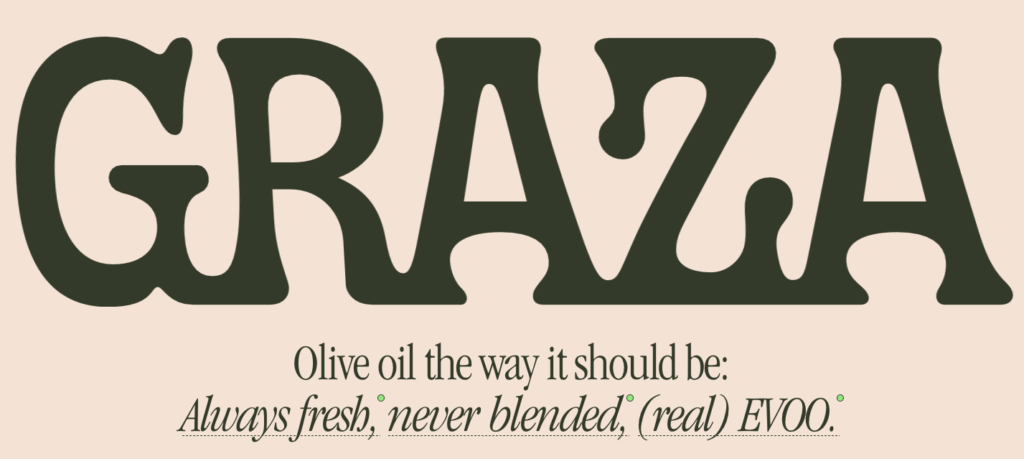
To differentiate itself, Graza leans into its millennial audience:
👉 Squeezy bottles instead of glass decanters
👉 Vibrant branding with playful copy (vs the traditional olive oil branding with tales of old Italy)
👉 Aimed at millennial home cooks (mostly late 20s to early 40s) who spend more money on food than clothes. They’re not professional chefs, but they care about good ingredients.
Graza is a gourmet choice for sure, but it’s still positioning itself as a pantry staple you’ll want to use every day. It’s straddling that space between indulgence and part of your daily rotation.
And that positioning starts with their range of products for “drizzling, frizzling and sizzling” (categorizing their products by use, love that) and flows all the way through their chatty tone of voice and bold branding.
On the other hand, Citizens of Soil do things completely differently.
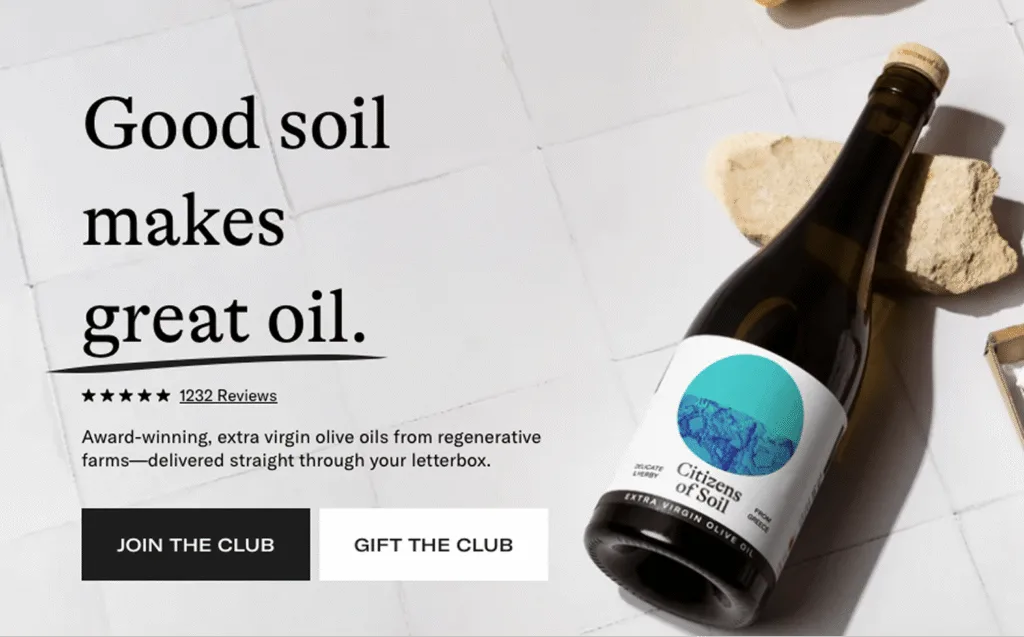
Everything about Citizens of Soil‘s positioning leans into the ideas of ethical sourcing, heritage, and storytelling.
👉 There’s a strong focus on female-led farms and transparency in the supply chain.
👉 Wine-like branding and tone of voice (really leaning into that idea of EVOO instead of wine, eh?)
👉 Clearly aimed at conscious foodies, likely older millennials or Gen X (early 30s to mid 50s), with a bit more disposable income, a strong preference for quality over quantity, especially when their purchases reflect their values.
And while Graza knows that it wants to be the brand for foodie millenials, Citizens of Soil want to be the brand for a completely different audience.
And that’s why Citizens of Soil isn’t positioning itself as an everyday staple or a pantry must-have. It’s a brand that’s all about the people behind the oils, the ethics, the taste, the heritage, a sense of community…
And that positioning runs through everything from their Zero Waste packaging to their focus on the people that grow the olives all the way down to the slower, more wine-coded tone of voice.
It all screams: we’re interested in doing things right and savouring good things.
And the beauty is: neither is more right than the other.
Graza is crushing it. Citizens of Soil is crushing it too. And that’s because they’ve both nailed that blend of who they are, who they’re marketing to and how they’re positioning themselves to make both of those things clear.
🎯 How to tell if you’re hitting that positioning sweet spot
Positioning is one of those tricky things to know if you’ve nailed.
Most of the time, it’s a gut thing. When you’ve really nailed it, you get a that super satisfying haptic click in your brain.
But if “it just feels right in your gut” isn’t quite scientific enough, there are tangible signs, too. Like these 👇
💡 The way customers describe your products is the way you want to be described. (Leading to more VOC data you can use in your copy, win!)
💡Your brand seems like a no-brainer to the right people (and an instant “no” to the wrong ones)
💡Your entire brand feels like it has a clear story and identity baked into everything it does. You can grab a paragraph from anywhere and know it’s your brand.
☝️ Not quite there yet? That’s OK. We’re not quiet there either, tbh.
To get to the promised land of well-positioned brands, think of it like a Venn diagram with three overlapping circles.
You want to sit smack bang in the middle between these three ideas:
- Relevance: are you solving a real problem for your audience or speaking to a desire they really care about?
- Clarity: can someone understand what your brand is in 5 seconds flat? No pre-amble. No context. Just blam! Here’s who we are.
- Differentiation: are you a category of one yet? Are you the go-to name in your sub-category? (Note: this category can be niche, like eco-friendly beer or fermented hot sauce.)
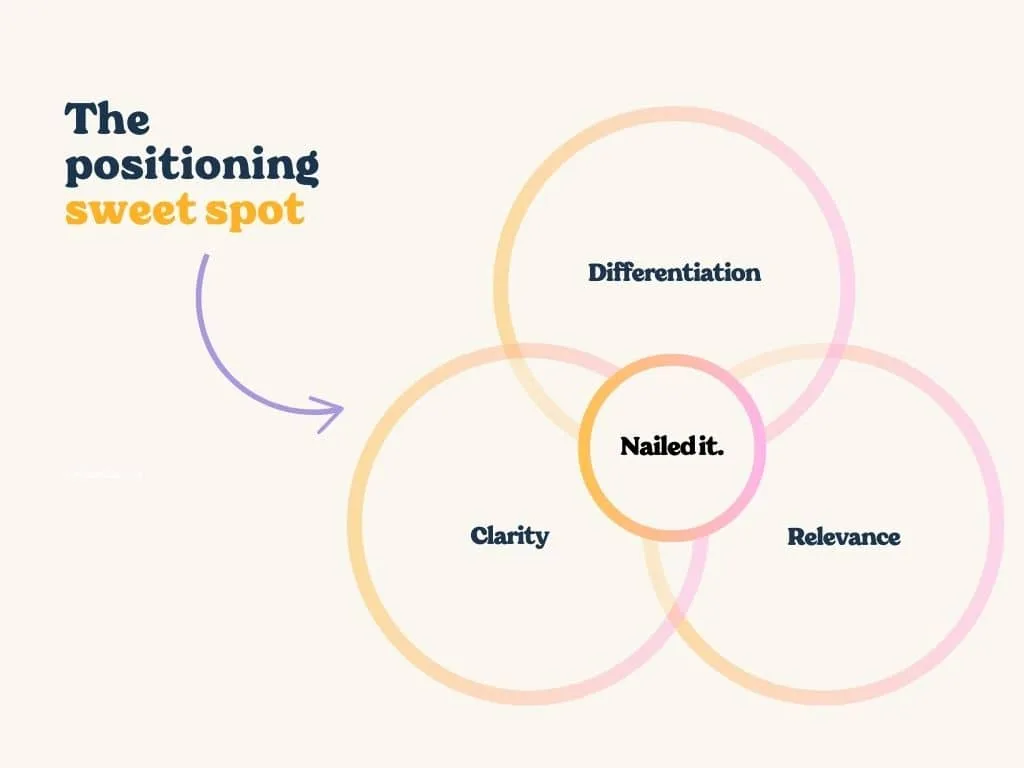
If not, grab a coffee and dig into the area you feel like you’re falling short.
Look at your competitors and ask yourself “how are we different from this brand?”. Are we making that difference clear enough? And is that difference something people care about on a deep, gut level?
Keep going. Scribble down ideas. Ask ChatGPT to compare your brand with your competition, even.
(And if you’re still struggling, hit us up with a reply to this email and we’ll recommend a few books that are worth reading.)
It’s 100% worth the effort.
Because when one of part of that Venn diagram is missing or is only kinda doing its job, writing copy feels like an uphill struggle. You’re always going to be trying to do just a bit too much.
And the consequence of that is that you sacrifice rhythm and tone and catchiness and persuasion for making sure people understand your brand.
🧠 Test your positioning in 10 minsAsk 3-5 friends (who aren’t super close to your brand) to take a nose through your website or socials and then answer these questions:
“What do we sell? Who is it for? Why should they care?”
If their answers match what you want to be known for? You’re onto a winner! Keep going 👏
But if they’re a bit all over the place or they need 3 paragraphs to explain? That’s a sign that you’re not quite there. Keep digging.
Here are three questions that always help us get closer to that gut “we’ve nailed this” feeling 👇
👉Are there any points of confusion that keep cropping up?
👉Are they not quite getting your value props or not vibing with your tone of voice?
👉Is there a gap between what you think you’re saying and what people are actually hearing?
Dive into more free tips and tricks 👇
How Starface use orthography to build a killer brand voice their customers love
The words you write matter. But so do your full stops, emojis and lowercase letters. Learn how to turn punctuation into a powerful part of your brand voice.
Why Oatly’s brand voice is so damn good (and how yours can be, too)
We dig into the three layers of brand voice (10,000ft, 1,000ft, ground level), show how Oatly nails each one and how you can do it for your own brand.
The weekly newsletter that takes your brand’s copy from “meh” to “hell f*cking yeah!”
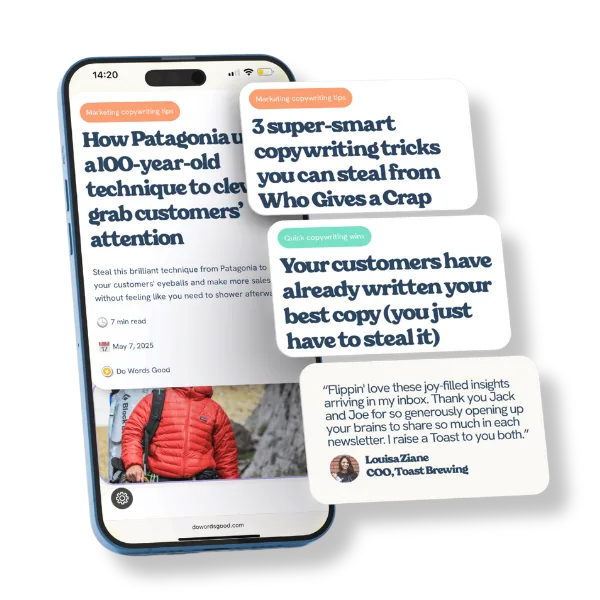
Read every week by legends at brands like these











